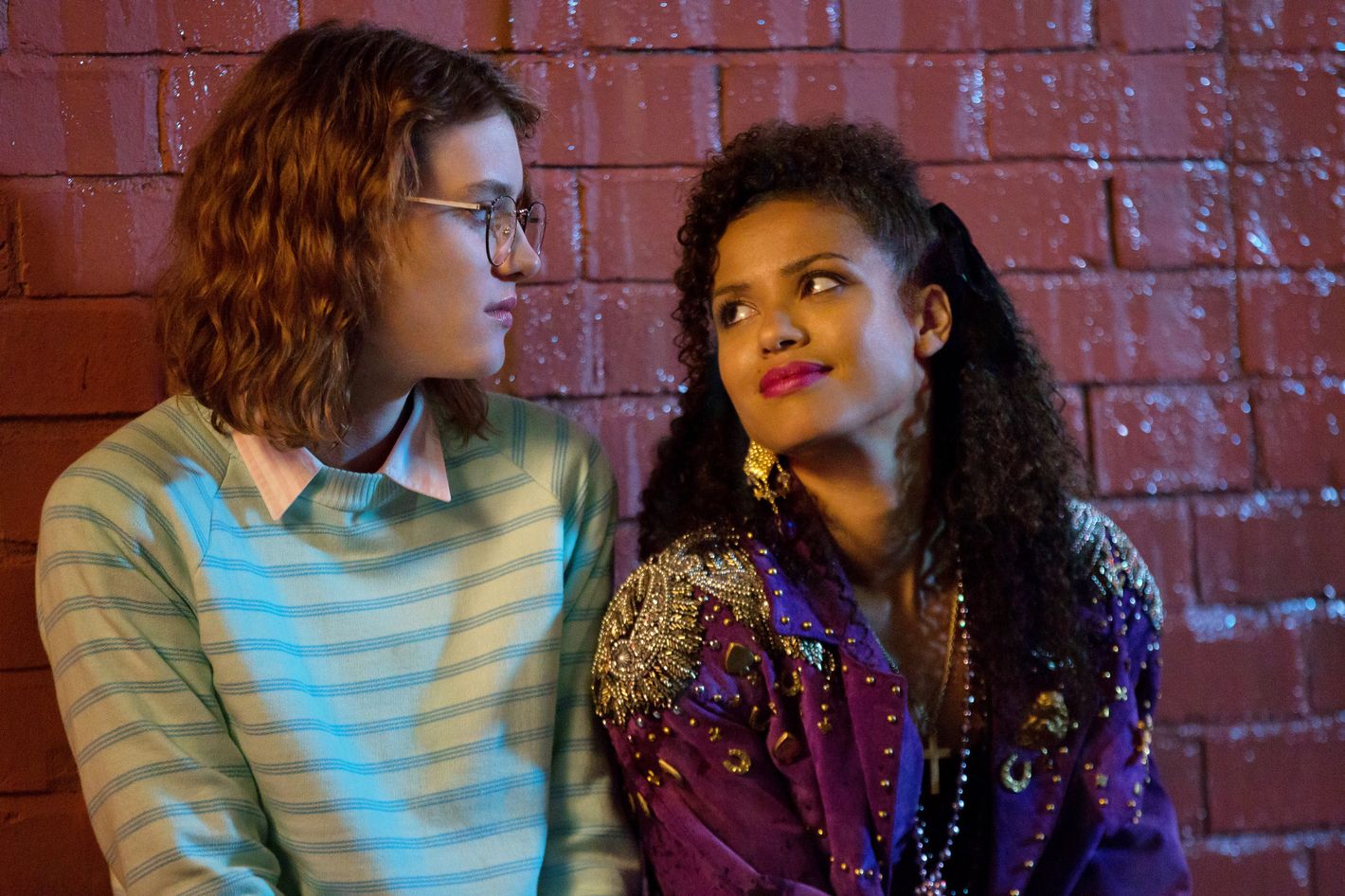The Black Mirror episode has multiple film codes
that contribute to the overall emotional and cinematic value of the show. There
are four main aspects that stand out in this episode that contribute to its eerie
and mysterious tone, setting, and plot line: one, the mise-en-scene; two, the
sounds used in the episode; three, the camera angles, movement, and composition;
and four, the editing of the scenes used in this excerpt of the episode.
Perhaps one of the most important aspects to any film or show
is the how well the setting is represented and shown to the viewer. In the episode
from Black Mirror, we clearly see that mise-en-scene was a major film
code. More specifically, this scene was set in the 1980’s. This setting was
upheld and authenticated, in the lens of mise-en-scene, through the props,
fashion, hair, and costumes. The props in this excerpt were extensive and
reflective of the era in which the episode was filmed. For example, in the
opening shot, the viewer was directed to a vintage car playing “one of the 80s
top songs.” Sound was a huge contributor to the cinematic quality and emotional
depth. Another example of this was the ominous music playing at the beginning
that was prelude to the mysterious plotline. This line presented the viewer with the clear
era in which this episode was being filmed and set up the following scenes
afterward. This was not the sole instance of these props, another crucial part
of the scene being inside the club. Inside, there were arcade machines, 80’s
club music, and all actors were in costume according to the time being
presented (bright neon colors, women had permed hair and men had leather
jackets and slicked back hair, et cetera). This contribution to the setting created
a new reality for the viewer, placing them inside the 1980s and the story.
A more subtle, yet important, aspect regarding film codes
and the Black Mirror episode is the editing techniques used. Editing
provides emotional depth through the type of transitions. In this excerpt, the main
editing transitions were seen in the introduction and introducing scenes. First
the title sequence had a very ominous and eerie tone, with a broken mirror and an
equally mysterious soundtrack. This quickly cut to the introducing scene, where
there was calm water and a clam city skyline. This is a direct contrast between
the two frames, however foreshadowed to a proceeding portentous storyline. Another
example of an editing element is the sound used. Sound-bridges are transitions
that overlap sound between two scenes to have seamless flow of sound. In the
excerpt, this transition was seen when Yorkie was looking at the club, the
music inside the club started playing, and then cut to inside of the club. This
preluded the viewer into what was happening next without awkwardly cutting in
between two scenes. Editing is a very practical and important tool that
filmmakers use for the structure of the film, as well as comparing and indirectly
describing emotions in films.
Another very important film code that contributes to the emotional
depth to a film are the camera angles and shots. In the Black Mirror episode,
an example of one of these shots is the Establishing Shot of the city in the introducing
scene. This provides environmental context for the viewer and is a crucial shot
to set up the setting in any film; and specifically, in the excerpt, the city
in which this plot was going to unfold. In relation to camera shots, camera angles
are what show the reader what the subject is doing or feeling. In the excerpt,
there were multiple instances of Close-Up angles that displayed the distress on
Yorkie’s face. This contributed to the mysterious and question-provoking tone:
why is Yorkie perturbed? This was seen because of the close-up shots that showed
this distress.

Comments
Post a Comment